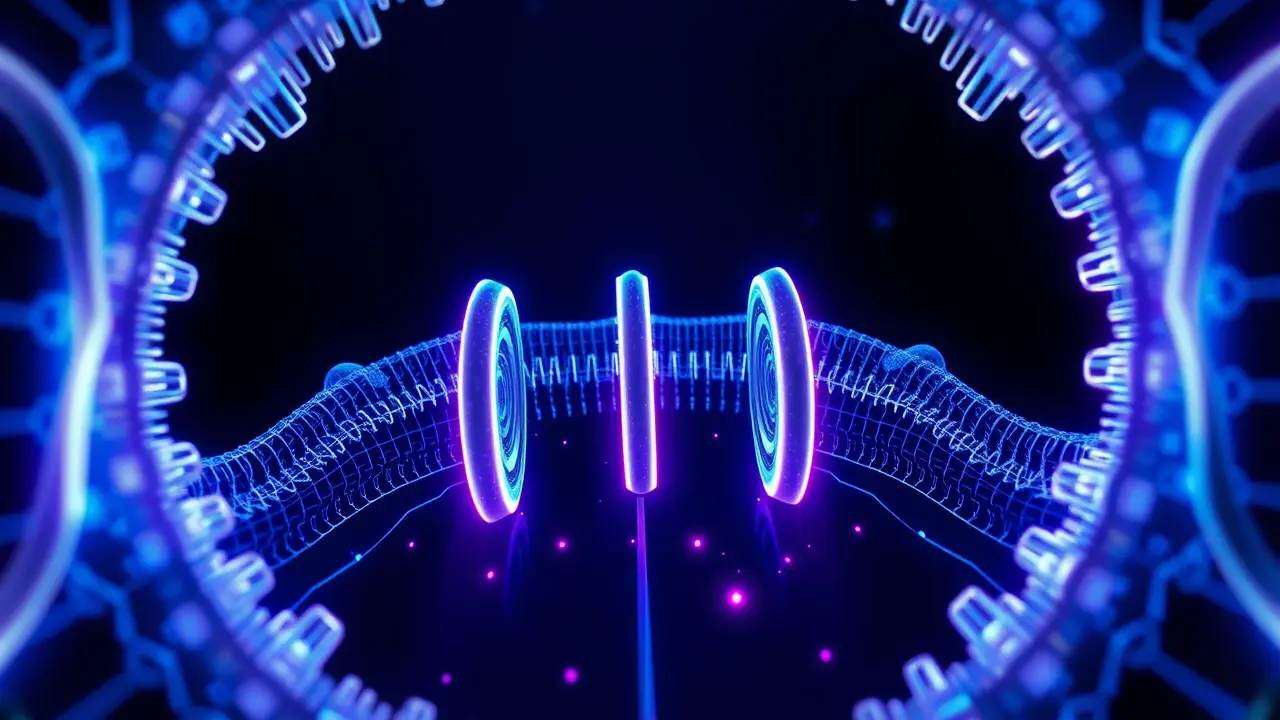
Scienceneuroscience
Scientists Program Bacterial Nanoprobes to Exhibit Brain-Like Learning
KE
Kevin White
7 hours ago7 min read9 comments
In a revolutionary discovery that merges biology with computational science, researchers at Switzerland's École Polytechnique Fédérale de Lausanne (EPFL) have successfully programmed bacterial nanopores to demonstrate brain-like learning capabilities. This breakthrough, detailed in a landmark publication, moves beyond conventional biotechnology by leveraging the innate intelligence of biological systems to potentially redefine future computing architectures.The investigation focused on the unpredictable behavior of biological nanopores—tiny molecular channels essential for DNA sequencing and cellular communication. Through rigorous experimentation with engineered aerolysin pores, the team identified two key mechanisms, rectification and gating, responsible for controlling ion flow.These processes were found to depend on the dynamic interplay between the pore's internal electrical charges and passing ions, functioning similarly to a biological transistor. The pivotal advancement emerged when scientists gained precise control over the nanopores' charge distribution.By applying specific electrical stimuli, they programmed the pores to modify their ionic conductance, effectively creating a basic form of synaptic plasticity. This mechanism mirrors how human brain cells strengthen or weaken connections to enable learning and memory formation.Envision a nanopore that alters its resistance after experiencing specific ionic patterns, thereby 'remembering' those events. This concept underpins neuromorphic computing, but here it is realized using biological components instead of silicon.The potential applications are profound. This technology could lead to ion-based processors that emulate the brain's energy efficiency and parallel processing capabilities.Such systems might enable biocompatible computers for seamless integration with human neurons in advanced medical prosthetics, or adaptive environmental sensors that learn from real-time data. This work represents a convergence of synthetic biology, materials science, and computer engineering, building on foundations laid by pioneers like George Church.While current AI relies on power-intensive data centers, this discovery paves the way for 'wetware'—computational systems that utilize life's low-energy processes. Although scaling and interfacing these bio-components into functional computers present significant challenges, this research offers a critical proof-of-concept. It affirms that the core elements for intelligent, adaptive machines may not be manufactured in labs but have existed in nature for eons, awaiting our understanding.
#lead focus news
#bacterial nanopores
#brain-like learning
#bio-inspired computing
#ion-based processors
#aerolysin
#EPFL research
Stay Informed. Act Smarter.
Get weekly highlights, major headlines, and expert insights — then put your knowledge to work in our live prediction markets.
Related News
© 2025 Outpoll Service LTD. All rights reserved.
